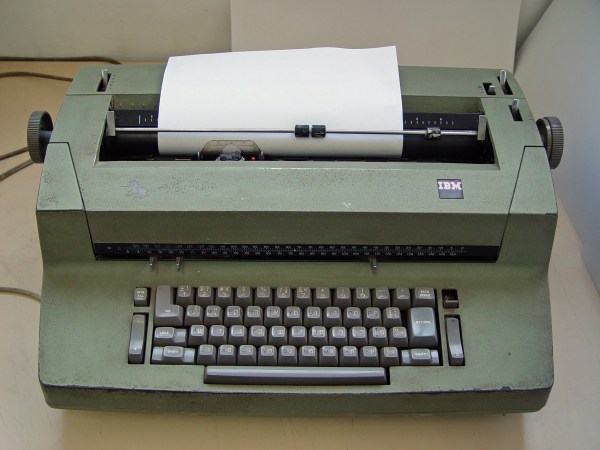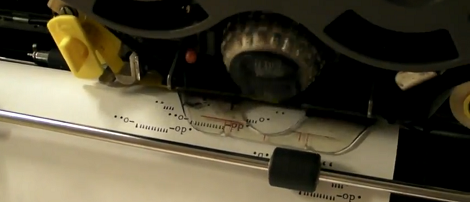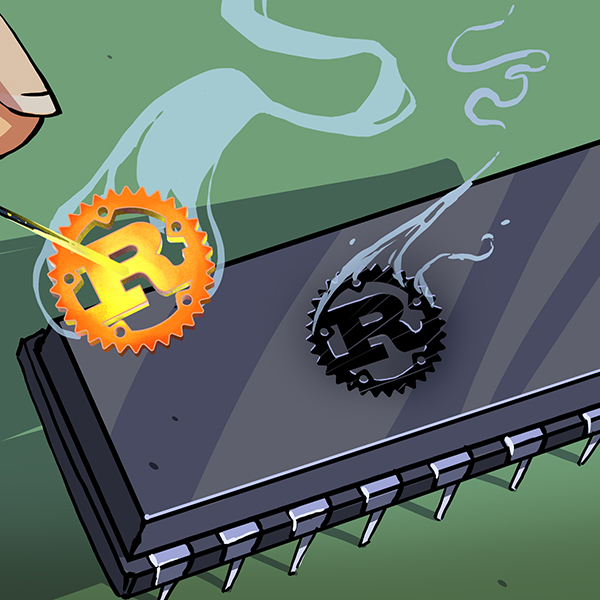As Cold War tensions increased throughout the 1970s, the Soviets pulled out all the stops when it came to digging up information from US diplomats. This NSA memo from 2012 explains how several IBM Selectric typewriters used in the Moscow and Leningrad offices were successfully bugged with electromechanical devices that could possibly have been the world’s first keyloggers.
The Selectric prints with a ball that is spun and tilted to select the desired character. Two mechanical arms control the ball’s spin and tilt, and the keylogger read out the position of those arms. Thus, each character on the Selectric’s type element ball has its own signature. The sensing part of the keylogging mechanism was buried in part of the typewriter chassis, a metal bar that spans the width of the machine, and were so well hidden that they could only have been detected by complete dissassembly or x-ray.
Continue reading “Retrotechtacular: Cold War-Era Hardware Keyloggers”













